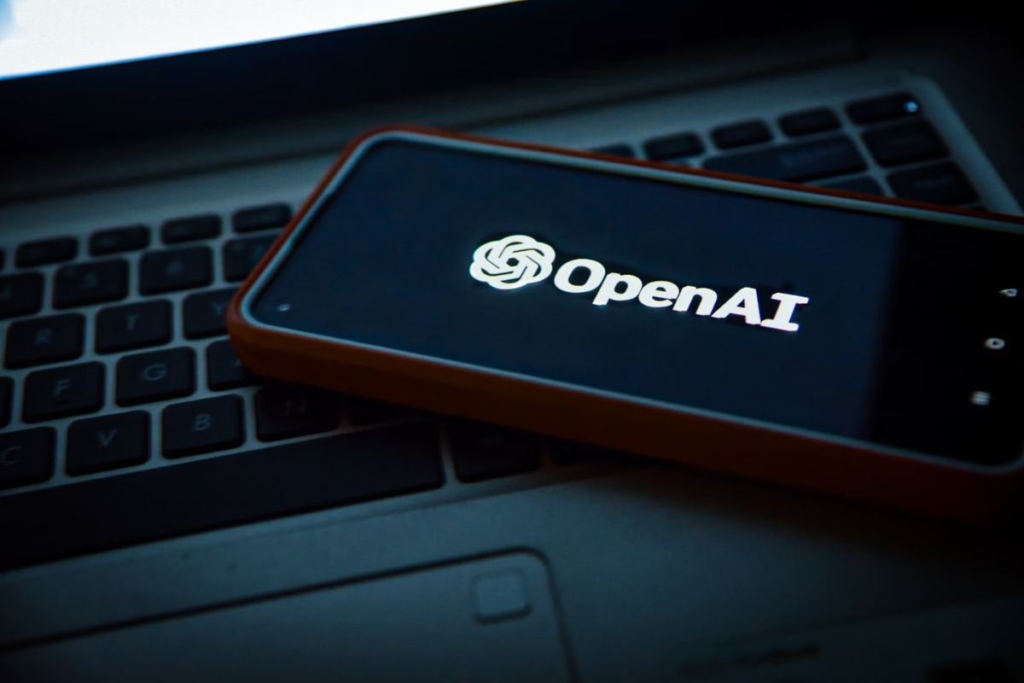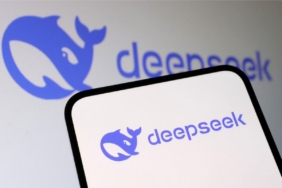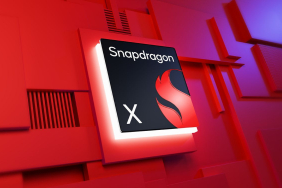OpenAI is reportedly exploring a foray into the hardware sector, with plans to create artificial intelligence (AI) devices, including humanoid robots. The San Francisco-based AI company recently submitted a trademark application to the US Patent and Trademark Office (USPTO) that outlines a variety of consumer electronics it may develop going forward. This application suggests potential involvement in AI chipsets and platforms for augmented reality (AR) and virtual reality (VR), alongside comprehensive solutions for software development.
OpenAI Eyes Entry into Consumer Hardware
The trademark application, submitted on January 31, identifies OpenAI as the applicant. While businesses typically file such applications for multiple reasons without any explicit implications, in this instance, the extensive list of hardware items suggests OpenAI’s aspirations for expansion into this field.
In the section detailing goods and services, the application lists items such as earphones, headphones, smartwatches, smart jewelry, media streaming devices, AR/VR headsets, glasses, and humanoid robots that can be programmed by users. Additionally, there are indications of AI chipsets that harness “quantum computing resources to optimize AI model performance.”
On a related note, OpenAI CEO Sam Altman shared insights with South Korean publication The Elec, indicating the company’s interest in crafting generative AI-enabled devices through collaborations with various partners.
The concept of humanoid robots has been under consideration at OpenAI for some time. A report from last year highlighted the company’s exploration of developing robot prototypes that resemble humans. Furthermore, job postings from 2024 revealed that OpenAI is seeking research engineers to join its emerging robotics team. It’s also worth noting that OpenAI has invested in several robotics startups, including Figure AI, 1X Technologies, and Physical Intelligence.
The reference to “user-programmed” robots within the application raises intriguing possibilities. This could imply that OpenAI intends to produce humanoid robots capable of performing diverse functions and tailored for specific tasks. Such robots could leverage generative AI and be trained through simulations. Recently, Nvidia unveiled its Cosmos platform, which is designed to simulate real-world scenarios for training robots and autonomous vehicles.
Despite the number of devices mentioned in the trademark application, there is no assurance that OpenAI will initiate the production and launch of these products in the near future. Currently, there are no available public records indicating that the company is actively developing any hardware solutions.






